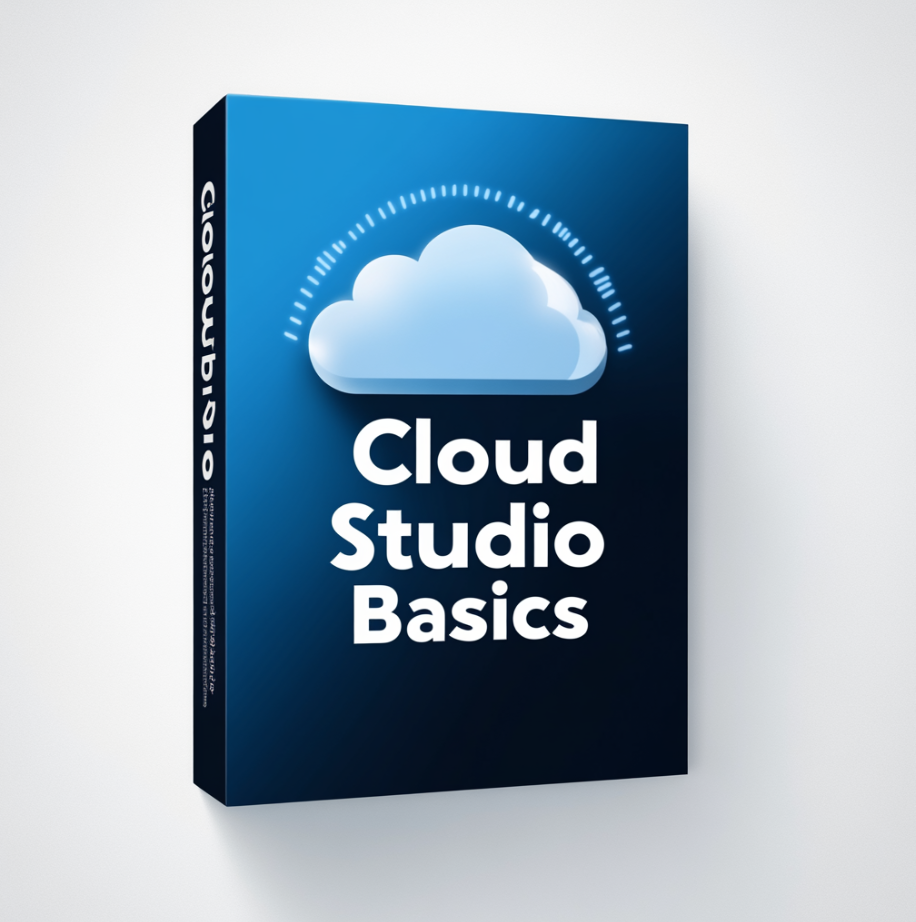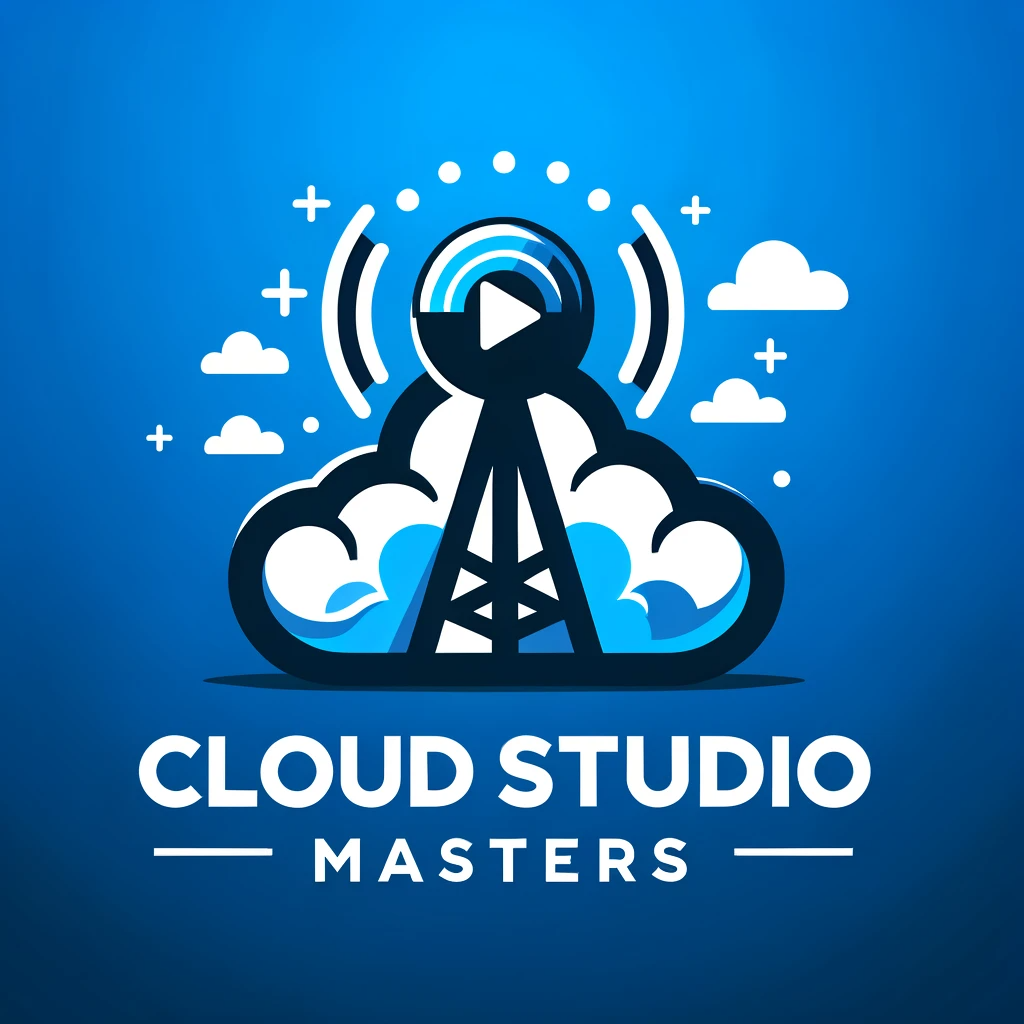This newsletter is brought to you by Cloud Studio Basics, get the course here:

Cloud Studio Basics
Create Your Production Tested live streaming control room in the cloud. Use our expertise, wow your clients.
When I was writing news promos….long ago in what feels like another life, I would struggle for hours with writing scripts for 30 second news promos.
To make matters worse, sometimes I’d have to write the script before the news story was even written.
How can someone possibly write a promo for a news story that doesn’t even exist yet? (It’s more common than you think)
I’d stare at a blank screen for countless hours, having no idea what to write. It was frustrating…up against a deadline…with the constant pressure to make a promo better than the last, and not getting any help from the reporter or the newsroom, aside from a story outline and rough shoot logs.
That all changed one day….when i was looking back at my past scripts…
…they all followed a similar pattern.
Introduce the characters….
Setup the conflict…
Hint at how the story will end…without giving it away. (”Tell ‘em what you’re gonna tell ‘em” as my News Director would say)
These strategies have deep roots in broadcasting. Broadcasting is just storytelling, after all, and storytelling has been an art for thousands of years. It’s remained virtually unchanged because human psychology hasn’t changed. Good storytelling fires up our brain’s mirror neurons, a special region of the brain that fires not only when we perform an action, but when we observe others performing an action. In short, they mirror the actions and emotions of others in our own brains. That’s why a good story is memorable, humans memory is based on emotion.
YouTube editors like Hayden Hillier-Smith often emphasize innovative techniques, but are techniques as old as the medium (video) itself (and they work).
Television producers have known this for decades: emotion keeps people watching, not just information. That’s why they don’t just say, “Coming up next…”, they build tension. They give you a reason to feel something about what’s coming.
Here’s the neuroscience behind it:

